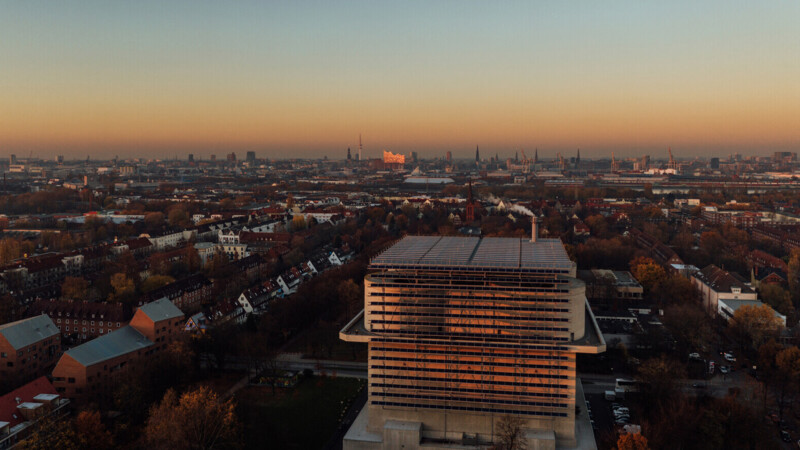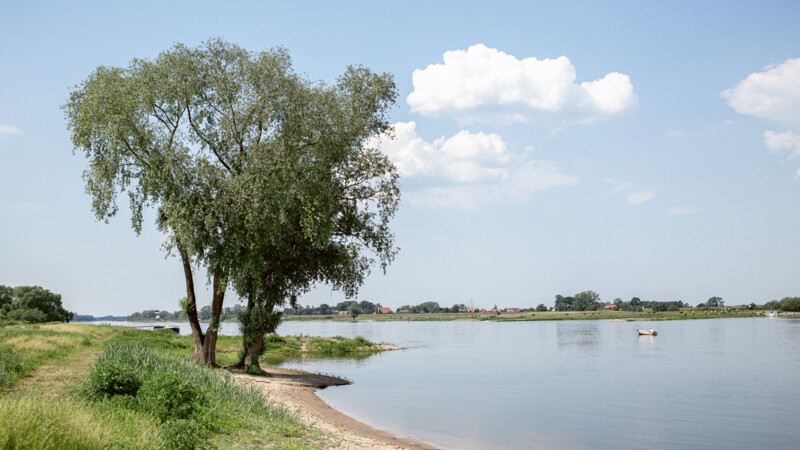Almost 800,000 people live in the 4,000 square kilometre Süderelbe region. The districts in Lower Saxony are in heart of the metropolitan region and literally on Hamburg’s doorstep. The scheme aims to boost innovation and competitiveness, create new technology centres, open workshops, co-working spaces and facilities for start-ups. "We want to create places where clever ideas can be turned into new products, production methods and business models," said Freda Sudhoff, Project Manager.
The districts of Harburg, Stade and Lüneburg and the City of Lüneburg and the Süderelbe AG economic and regional development company recently joined forces to form the "Zukunftsregion Süderelbe". The consolidated region is part of a Lower Saxon development scheme through 2028 to boost co-operation across the districts with EU funds.
New products, production means and business models
Focus on key technologies
The idea is to stimulate talks and interaction between companies, start-ups, founders, universities, research institutes, students and school pupils in various labs. The plans include lead projects on e.g., 3D printing, sustainable building materials, 5G mobile technology and hydrogen. Special emphasis is on digitalisation, tackling climate change and promoting sustainable businesses.
Around EUR 10 million for Süderelbe
A decision on when the first labs will open will be reached in 2025. Meanwhile, the team behind the Süderelbe region of the future is going all out to get the first two applications for projects off the ground pending the approval of the steering group. This group consists of 21 representatives of districts, universities, employers' associations, trade unions and local Chambers of Commerce. The EU and the state of Lower Saxony have earmarked EUR 6 million in funds for the Süderelbe. Sponsors of the project will contribute the remaining EUR 4 million.

14 forward-looking regions
Fourteen such regions between the North Sea and the Harz Mountains are preparing the launch. A wide range of projects from the circular economy and healthcare to culture and leisure will addresses the different challenges in Lower Saxony. Karin Beckmann, Regional Development Officer in Lüneburg, has welcomed the approach: "The Zukunftsregion Süderelbe has chosen a timely topic - regional innovation capacity. Digitalisation, energy transition and demographic change pose major challenges for companies." Ideas for even more innovative concepts are always welcome.
Synergies for Hamburg Metropolitan Region
The projects in the “Zukunftsregion Süderelbe” should pay off in terms of new technologies, solutions to the climate crisis, and more talented young professionals in science and technology. This holds opportunities for the entire metropolitan region, said Sudhoff, adding: "We are closely networked so there will be automatic synergies. And employment rises when new companies settle in Stade, Luneburg or Buchholz. That benefits the entire metropolitan region."
agu/fw/sb/pb
Sources and further information
Hamburg Metropolitan Region
The Hamburg Metropolitan Region is home to 5.4 million people in 20 districts and cities. This highly dynamic region is home to a wide range of industries, including maritime, logistics, port, aviation, renewable energy, life sciences, chemicals, food, automotive, mechanical engineering, media and IT.
More
Similar articles

Hamburg Metropolitan Region puts OECD's recommendations into effect

Northeast Lower Saxony becoming model of cradle to cradle

Apply now for LÜNALE Awards
